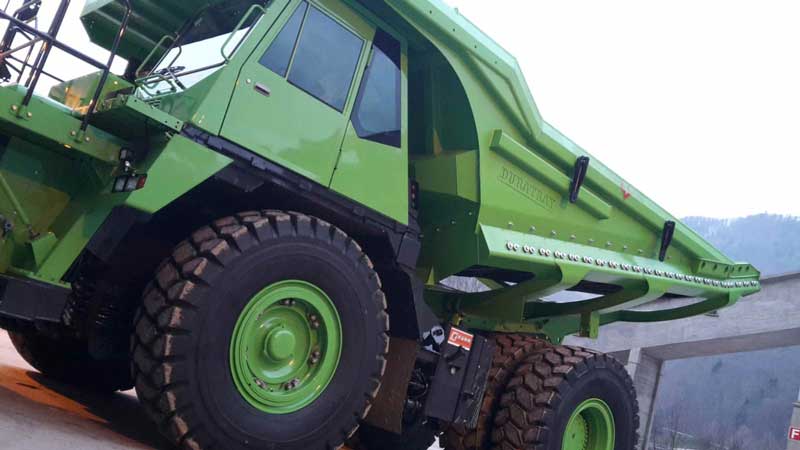Mining giants BHP, Rio Tinto, and Vale have launched a challenge to accelerate the electrification of the surface mining industry to slash emissions, but also make industry safer and more productive.
The three largest mine operators in the world, along with Australia’s Mining Equipment, Technology and Services (METS) industry body Austmine, have founded the Charge On Innovation Challenge to invite technology innovators worldwide to develop new concepts for electric haul trucks that could be used on a widespread scale.
There are an estimated 50,000 off-road haul trucks that weigh over 90 metric tonnes in operation around the world according to Parker Bay Mining, and an additional 68,000 that are inactive.
Together, these vehicles account for the largest proportion of registered mining vehicles, and with some weighing as much as 500 tonnes, their electrification will have by far the largest impact on reducing emissions in the industry’s fleets.
“METS and mining companies are united on the Challenge to reduce emissions across the supply chain,” said Austmine CEO Christine Gibbs Stewart in a statement.
She says Challenge hopes to attract the experience and innovation of industries beyond mining, including the automotive, battery makers, aerospace, defence and other sectors.
“We are confident that we will find a solution to the delivery of electricity to trucks in the complex operating environment of a large surface mine.”
“Innovation is the key to decarbonisation, and we expect the Challenge will deliver exciting new concepts that could drive huge long-term benefits for our industry and the environment,” said Rio Tinto Group executive for safety, technical and projects Mark Davies.
But with large trucks come large challenges. The Charge on Challenge seeks to solve, at least in part, the issue of how to keep the high-capacity batteries needed to power electric haul trucks charged throughout their daily routine of load, travel, dump, return and queue.
“Current stationary charging solutions require substantial time to charge a truck, and are unsuitable for charging a truck within the haul cycle (ie while it is being loaded or it is dumping). This would require miners to purchase many more trucks,” writes the foundation on its website.
One solution it proposes is adapting trolley assist systems which are currently used to propel diesel-electric trucks to power battery-electric trucks during their day-to-day operations.
But, current systems have certain drawbacks that the foundation says would make it difficult to do so economically at large scale.
“Mine electrification requires considerable integration between mine planning and operations,” says Carlos Mello, ferrous engineering director of Vale.
“We need to develop new charging solutions that can be incorporated into our operations in parallel to the development of battery trucks, to ensure we create a truly sustainable electric haulage system in all aspects – clean, competitive and flexible.”
The announcement of the challenge comes just months after fellow Australian mining major Fortescue inked a deal with Williams Advanced Engineering (WAE) to develop its own battery-electric haul truck.
WAE also partnered with mining giant Anglo Amercian and energy Engie in 2020 to develop and test a 290-tonne hydrogen fuel cell haul truck, thought at the time to be the world’s largest electric dump truck.
The challenge is accepting applications from potential participants from next Tuesday, 18 May.
Bridie Schmidt is lead reporter for The Driven, sister site of Renew Economy. She has been writing about electric vehicles since 2018, and has a keen interest in the role that zero-emissions transport has to play in sustainability. She has participated in podcasts such as Download This Show with Marc Fennell and Shirtloads of Science with Karl Kruszelnicki and is co-organiser of the Northern Rivers Electric Vehicle Forum. Bridie also owns a Tesla Model 3 and has it available for hire on evee.com.au.
Source: https://thedriven.io





